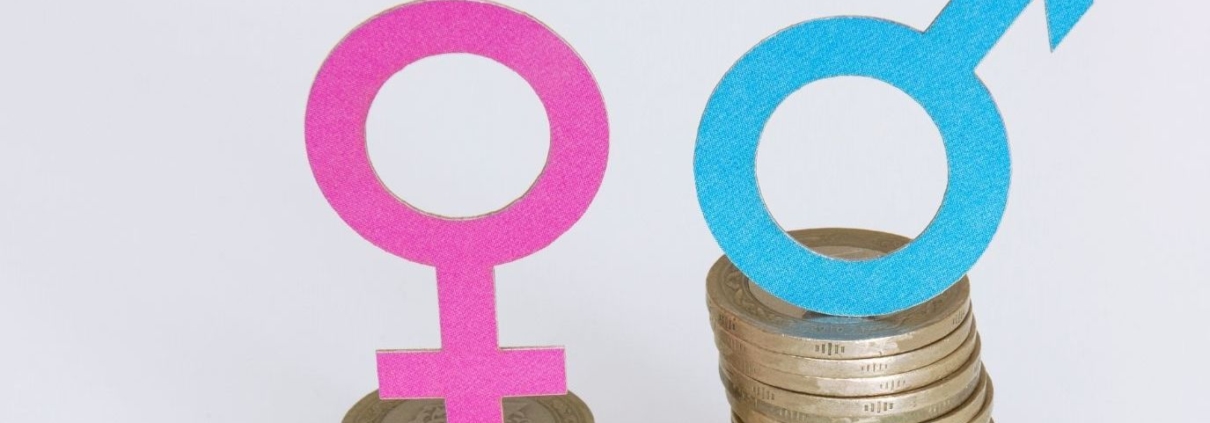New Report Concerning Gender Pay Equity
By Kimberly Kafafian
3-15-22
Today is Equal Pay Day. For those who don’t know the significance of this day, in essence the date marks how far into the year women must work to earn what men earned in the previous year. Why do we mark this measurement? It’s because for every $1.00 a white male earns:
- White women make $.79
- Black women make $.64
- Hispanic women make $.57
With it being March 15th, that means that women on average had to work an additional 2.5 months to make up for the pay gap! The fact that in 2022 women still have to work so much more than a man to earn the same pay evokes a range of emotions: sadness, anger and shock. In 2021, the date was March 24th, so I guess we’ve made some sort of progress. But according to a new Pew Research Center report that advancement must be minimal. It found that the gender gap in pay has remained relatively stable in the U.S. over the past 15 years or so, with women earning only 84% of what men earned.
Explanations for the Gap in Pay Equity
According to the Pew Research report, much of the pay gap is attributed to educational discrepancies, occupational segregation and work experience. Although the number of women in higher-paying professional and managerial positions that were traditionally dominated by men has increased, women are still overrepresented in lower-paying occupations which don’t require higher education. These education and segregation explanations are supported by other research. PayScale’s Gender Pay Gap Report for 2021 noted that without controlling for factors such as education and occupation, women make only $.82 for every dollar a man makes. When comparing job title, years of experience, education, industry, location and other compensable factors, women in the controlled group make $0.98 for every $1.00 a man makes. So these two factors have a huge impact on the pay gap.
The experience factor impacts all education and occupation levels. Let’s face it, most women are the default parent. As such, many women leave the workforce to be the main family caregiver. This interruption in career path has a significant impact on long-term earning potential. And the pandemic has only compounded the problem. Shutdowns pushed women in front-line positions out of the workforce forcing an experience gap. Even professionals who could work remotely took a hit to their careers as they had to leave their jobs for childcare reasons when schools closed. Right now, women’s participation in the labor force is at a 33-year low as more women take on caretaker roles. This staggering statistic is underscored by a MetLife poll which found that 48% of respondents believe the pandemic negatively impacted their careers, with one in five saying they were pushed out of the workforce altogether.
The Pay Gap’s Impact on Lifetime Income Puts it All Into Perspective
Just think about those extra 2.5 months women need each year to catch up to their male counterparts. Now, add that up into years over a lifetime. If men and women retired at the same age, after working the same number of years, consider how much more income a man would have earned. It can be hundreds of thousands of dollars! In fact, according to a study by Lean In, women lost an average of $406,280 over the lifetime because of the pay gap.
How Can We Reach Gender Pay Equity?
Despite all the gains, there’s still so much that needs to be done to erase the gap. One initiative that’s making strides is pay transparency. More and more jurisdictions are requiring proactive pay scale disclosure, which will hopefully narrow the wage discrepancies. But women need to be proactive as well. They should become knowledgeable of average salaries and seek higher pay when negotiating salaries and pay raises. As an HR professional, I know employers need to take significant actions. They must eradicate gender discrimination in the workplace and do a better job with their DEIB initiatives. Companies should also proactively promote parental and family leave for all genders so that the impact on careers is more balanced. Leaders need to take the lead here, such as the case with Twitter’s CEO, who after only three months on the job is taking parental leave. Working together is what will make the difference.
 En Español
En Español








